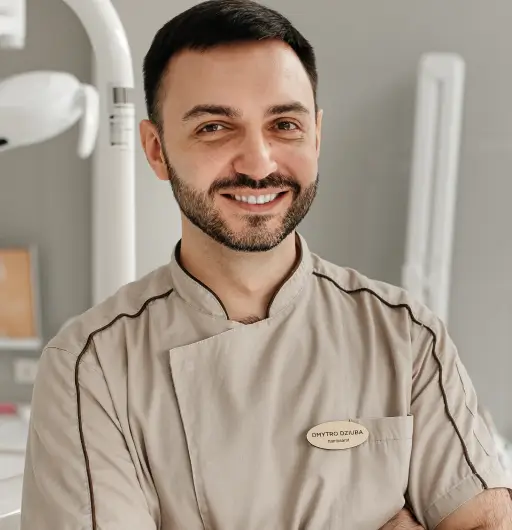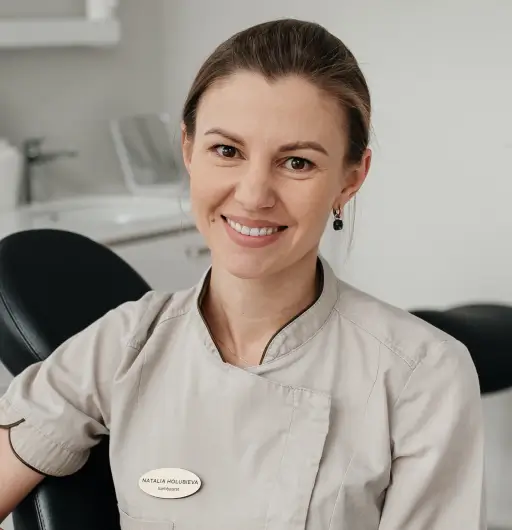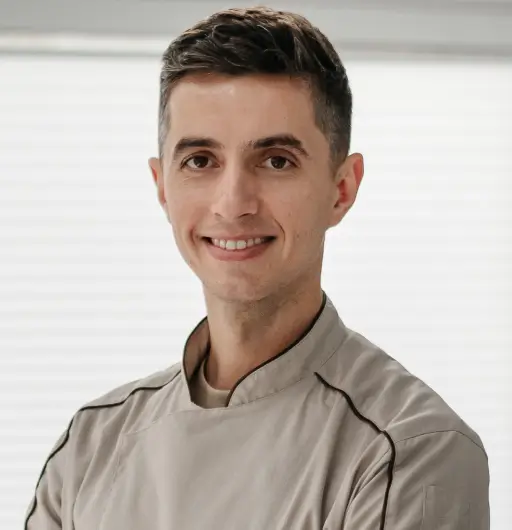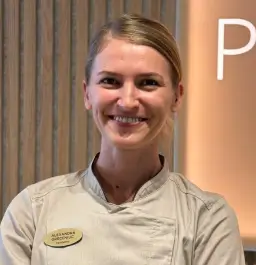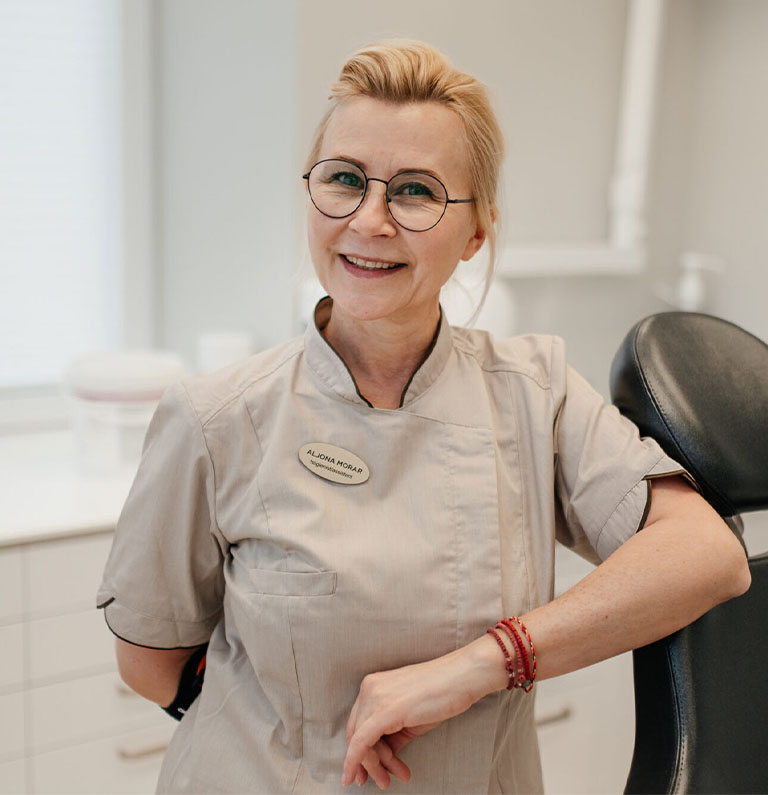Sedation from 7 years
Experienced specialists in the field of pediatric dentistry often use sedation, as this method is considered the most effective and gentle, confirmed by professionals. Its essence consists in the inhalation of sedative gas by young patients, which allows to achieve the following results:
- The child sinks into a state of relaxation.
- The procedures are easy and stress-free for the child.
- The young patient does not feel fear, which contributes to a more comfortable experience.
Only proven medications that are safe for health are used during sedation. Due to the rapid elimination of substances from the body, the doctor can provide high-quality and effective treatment.
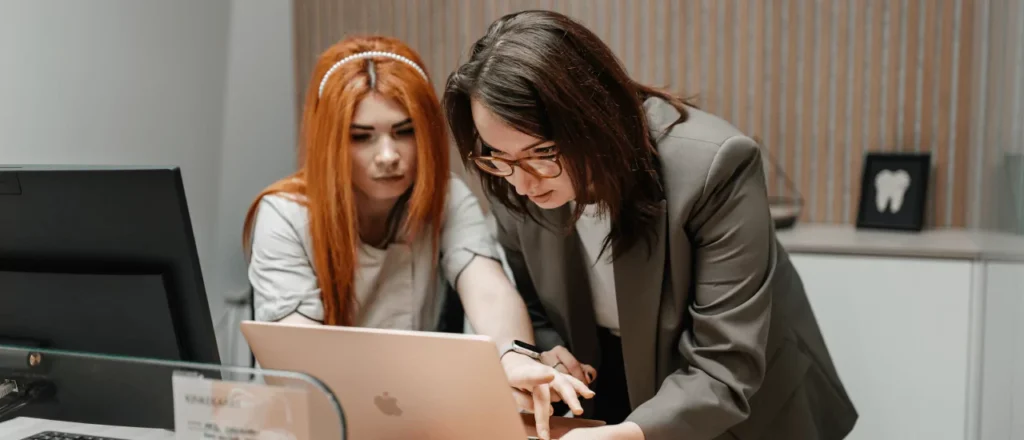
Peculiarities of dental treatment in children under sedation
Pediatric sedation in dentistry solves several problems at the same time, which has led to the popularity of this technique. An experienced specialist determines the necessary dose of drugs, controls the child’s condition during the procedures and monitors the child until awakening. Sedation is achieved using an inhalation mask. If necessary, local anesthesia and additional drugs such as antihistamines may be used.
During sedation, the dentist can perform all necessary manipulations, as children do not feel fear, pain or discomfort. This allows the dentist to perform even the most complex procedures quickly and efficiently. The child’s breathing and heartbeat are strictly controlled by the medical staff.
Once the treatment is complete, the inhalation drug is stopped and the child soon wakes up while remaining under the attention of the specialists.
Important! Sedation is neither anesthesia nor anesthesia. The patient is immersed in a state of deep relaxation and feels it as a light sleep.
Difference between sedation and anaesthesia
Unlike general anesthesia, sedation is a safer method that has no harmful effects on the body. During the procedure, the child remains in contact, easily answers questions and communicates with the doctor. There is no long recovery process typical for general anesthesia – the patient comes out of the condition with the same psychological and physical state with which he or she came to the procedure.
It is important to note that sedation does not exclude the need for local anesthesia. It helps to perceive the treatment more easily and reduces sensitivity, and anesthesia is important for pain relief.
Indications for sedation
Sedation is suitable for the treatment of young patients from the age of 7 years. If the child is older but impressionable and anxious, this method can also be used.
Sedation is recommended for extensive treatment plans, when many teeth need to be treated and the child cannot sit still. The method is also used in patients with special needs.
Contraindications to the use of sedation therapy
Sedation is carried out after a preliminary examination and plan for the procedure. It should not be considered as a means of calming a child in the event of a tantrum. It should only be used when the child is calm.
Although oxygen sedation is safe, there are some contraindications:
- Diseases of the cardiovascular system.
- Diseases of the upper respiratory tract.
- Epilepsy.
- Diabetes mellitus.
- Anemia.
- Severe form of bronchial asthma.
If the patient has a runny nose, regardless of its origin, performance of the procedure is temporarily postponed, as clogged nasal passages may interfere with the action of the sedative.
Safety of sedation for the child
Oxygen sedation is a safe method. The gas particles do not interact with blood proteins and disappear without a trace just 10-15 minutes after the procedure. It is not addictive and does not cause allergic reactions because it contains the same gases we breathe in from the environment.
Preparing for the procedure
During the preliminary consultation, the dentist assesses the condition of the patient’s teeth and oral cavity, and also takes into account the patient’s general health. It is important to inform the doctor about chronic diseases, allergies and other peculiarities. Based on this information, the specialist will select a safe and effective drug for sedation.
It is also recommended to undergo some tests to make sure that there are no contraindications. It is necessary not to eat 3 hours before the procedure.
Treatment
advantages
Equipment and technology
Computed tomography for diagnosis and treatment under magnification can solve all problems
Highly qualified specialists
Doctors of the clinic are trained by leading dentists of the world, they are able to work with the most complicated cases
Sedation
A painless and comfortable treatment without stress and anxiety.
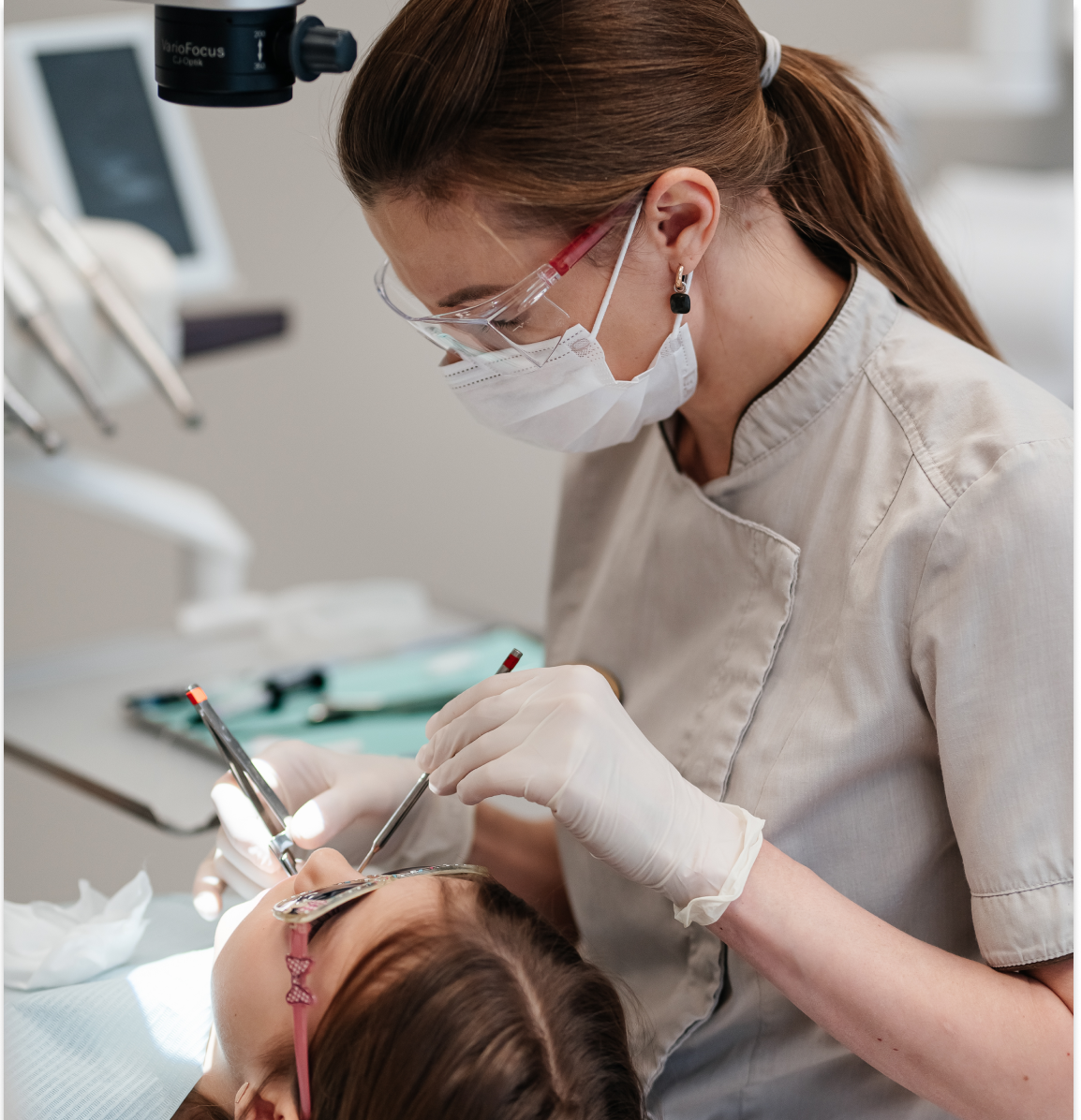
Our doctors
We work exclusively on the principles of evidence-based medicine and use protocols that have been repeatedly validated in scientific studies.

Book an appointment online

